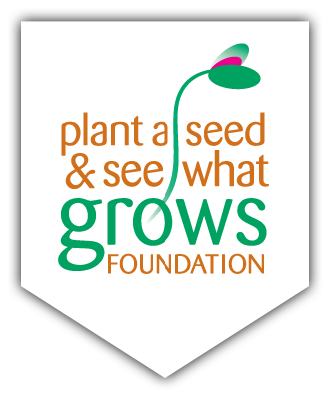World Soil Day was celebrated last week on December 5, with ‘Caring for the Planet starts from the Ground’ being the theme for the 2017 edition. The UN sponsored day of observance wants the world to recognize that soil is a finite natural resource. While soil plays an essential role in the growth of food and in the survival of humankind, there is a global increase in degradation of soil resources. This is why it is important that soil is celebrated every day of the year, to make sure that future generations understand the gravity of this issue and how they can make a positive impact through their own actions and behaviors.
3 Activities that Teachers and Parents Can Use to Get Kids Caring More About Soil
1. Teach them How to Prep Soil in the Offseason
It may seem like the winter in Canada is a bad time to get kids excited about working with soil. But in reality, it’s the perfect time of the year. It is a time when the natural resource needs the caring touch of kids the most.
Take your kids/class to a local school or community garden and teach them how to prepare soil for the dormant season so that when spring arrives it is prepared for planting that will result in a bountiful harvest.
Soil requires natural composting to stay healthy. Have your kids collect dried leaves (which contain twice as many minerals as manure) and teach them how to compost them for use in the school/community garden. Also teach them about mulching. A mulch is a layer of material applied to the surface of the soil which helps protect garden soil from harsh winter rain, sleet and snow in addition to the foot traffic (human and wildlife) that may frequent the grounds. Mulching also helps control weed growth, keeps soil temperatures warm and allows the plot to retain moisture during dry spells.

Photo courtesy of FertileFibre.com
2. Start a School (or Home) Composting Program
There are more ways to introduce your kids/class to the concept of composting, ways that not only benefit soil, but sustainable waste management in school, at home and in the community. If your school, household or even local community center doesn’t have a food scrap composting bin, your kids/class can start one. But even if these do exist, kids can help spread awareness.
For instance, many people are not aware of what can be composted. That’s the reason why you see some pretty detailed drawings on the bins of your local shopping mall foodcourt – even us grown-ups can quite figure it out on our own! Kids can get creative and put together a collaged-poster which can be placed above composting, recycle, and waste bins so that not one single item that could serve soil health is tossed into the wrong receptacle. In creating these posters, they too will gain in-depth knowledge about what can be used in soil composting. Pretty soon they’ll be spreading the word to friends and family and we’ll be on the way to a far more “soil aware” world.
3. Soil Science Experiment to Teach Them How Soil Has Other Uses
One way to teach kids about the importance of a natural resource, is to show that it has other uses beyond the one they already know about. For instance, your kids/class may not know that soil plays an integral role in water purification.
Soil eliminates pathogens and turbidity along with color and taste concerns in water. Begin your lesson with a tutorial about how it accomplishes this, addressing soil’s purifying characteristics:
- Soil hosts an assortment of “creatures” that out-compete harmful pathogens for food, as well as protozoa that prey on pathogens
- Soil, bacteria and fungi produce antibiotics that poison pathogens
- Soil’s clay adsorbs viruses and other pollutants
- Soil’s physical texture acts as a natural filter or sifter, just like spaghetti strainer
Armed with that information, conduct a fun science experiment to put the proof in the pudding (water). The best part? They get to use grape-flavored Kool Aid to do so! Simply follow these instructions provided here at DoctorDirt.org and your kids will gain a whole new appreciation for…dirt.
Do you have any other fun ideas about how to teach kids about the importance of soil? We’d love to hear about them! Follow our Foundation on Facebook, Twitter, and/or Google+, find this article on our recently published posts and leave a comment.
Help us celebrate our passions! Our programs create moments of inspiration that can last a lifetime—in classrooms, in school gardens, by farm visits, and other outdoor educational activities. Please visit this link to learn more about our work in Canada. Please sign-up to be a Friend of the Foundation.








